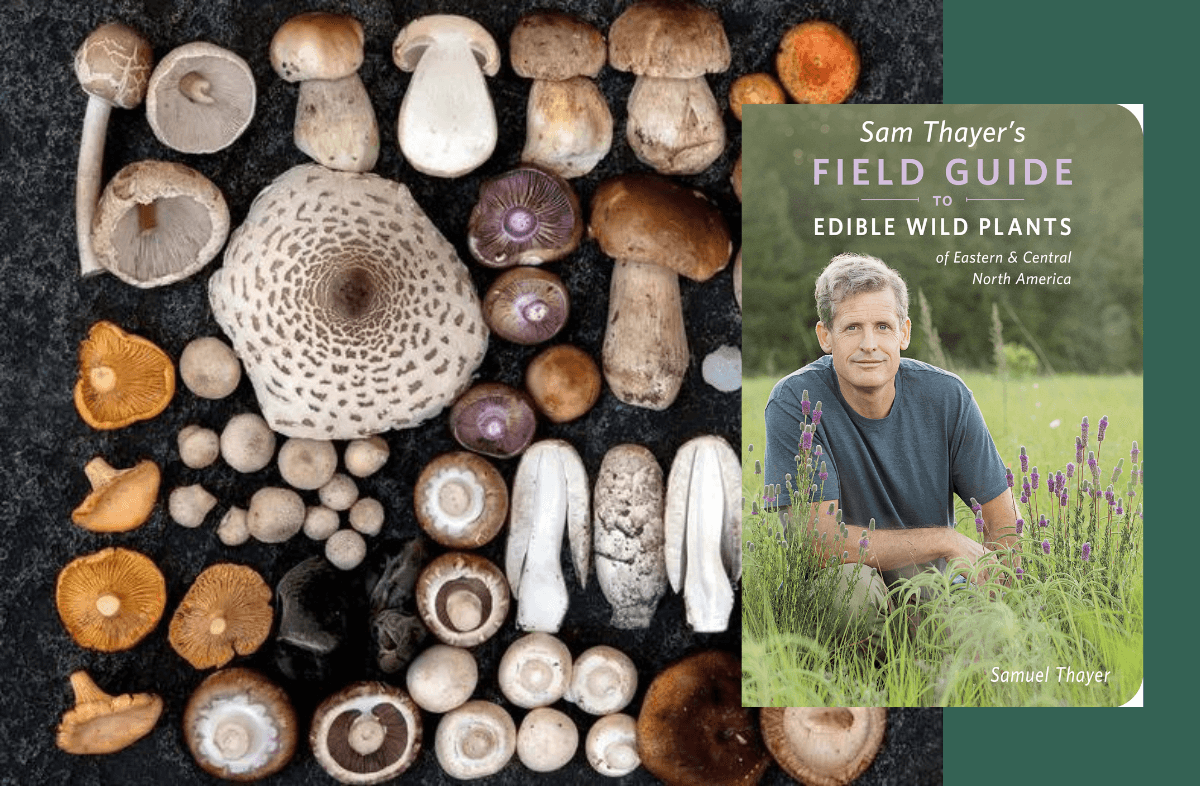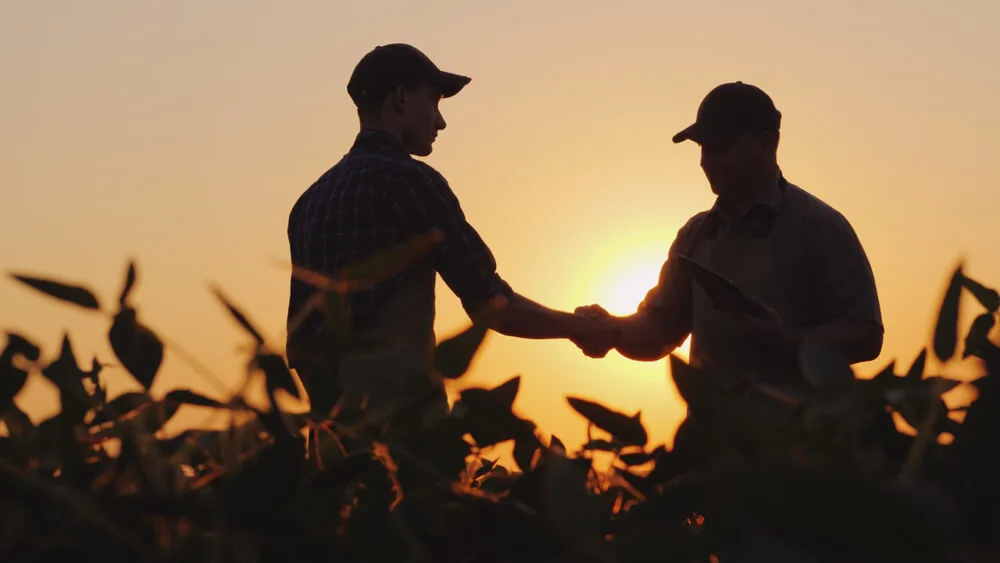
Hall of Fame Forager Sam Thayer clears up some of the biggest myths and shares his best advice for beginners and veterans.
Spring’s in full swing, and morel mushroom and wild asparagus fans are heading out to their secret spots to hunt and gather. But for newbies, foraging can be intimidating – especially when you hear terms like ‘false morels’ and ‘poison sumac.’
We spoke with Wisconsin’s Sam Thayer, the renowned author of four foraging guides, and 20-year member of the National Wild Foods Hall of Fame to clear up some of the myths and share surprising truths about foraging.
Most people are already foragers.
True. “If I have 100 people in the audience at one of my lectures and ask, ‘Who here gathers wild food?’ Thirty hands will go up. And if I ask, ‘Who here gathers wild blackberries?’, 90 hands go up. As soon as people eat something, they don’t think of it as wild anymore. It really helps them accept that it really is a normal activity.”
Foraged food isn’t as good or delicious as what you’re buying in the grocery store.
False. “People imagine foraged food isn’t as good and that’s why you can’t buy it at the store. But that has almost nothing to do with it. Things in our grocery system have to have a shelf life of at least 3 weeks, but preferably 6 months. Most foraged items have a much shorter shelf life.”
Many things we think of as weeds are actually edible and delicious.
True. “The peeled stalk of a thistle at the right time is outrageously good. And there are different kinds of thistles, but some of the thistle stalks make people practically lose their minds.”
Foraging is safer than riding a bike.
True. “Practically every avid bicyclist I know has been hospitalized. Foraging is statistically so safe, when you actually look at it, it’s almost ridiculous. We have this instinct, ‘Don’t eat something if you don’t know what it is. Unfamiliar foods are scary. Unfamiliar things are not food.’ So for the non-foragers that manifests itself as fear. But for the forager, it manifests itself as just reasonable caution.”
Foraging is a seasonal activity.
False. “In spring, there are lots of greens and root vegetables. Through the summer, you start to get more fruit. In the fall, you really have your bonanza of seeds and fruits and nuts and root vegetables. There’s a minimal amount of foraging in winter, too, like chaga [a mushroom that grows on birch trees] and a few kinds of tea.”
Foraged foods need to be eaten fresh.
False. “Depending on your food preservation skills, you can keep wild rice, amaranth seed, canned wild plums, fruit leather, dried fruit, maple, and birch syrups for months, if not years.”
You have to study foraging before you start.
False. “You learn a plant or a mushroom, and then later you learn another plant or mushroom. Each one is its own skill set. The big safety rule is: Don’t eat something unless you are positive what it is. If you have any doubt, then you are not ready to eat that thing.”
Head to Thayer’s website, The Forager’s Harvest, to learn the basics of foraging, as well as tried-and-true expert advice.

New Biden rules deliver automatic cash refunds for canceled flights, ban surprise fees
In the aftermath of a canceled or delayed flight, there’s nothing less appealing than spending hours on the phone waiting to speak with an airline...

One year on the Wienermobile: The life of a Wisconsin hotdogger
20,000+ miles. 16 states. 40+ cities. 12 months. Hotdogger Samantha Benish has been hard at work since graduating from the University of...

Biden makes 4 million more workers eligible for overtime pay
The Biden administration announced a new rule Tuesday to expand overtime pay for around 4 million lower-paid salaried employees nationwide. The...

‘Radical’ Republican proposals threaten bipartisan farm bill, USDA Secretary says
In an appearance before the North American Agricultural Journalists last week, United States Department of Agriculture (USDA) Secretary Tom Vilsack...




